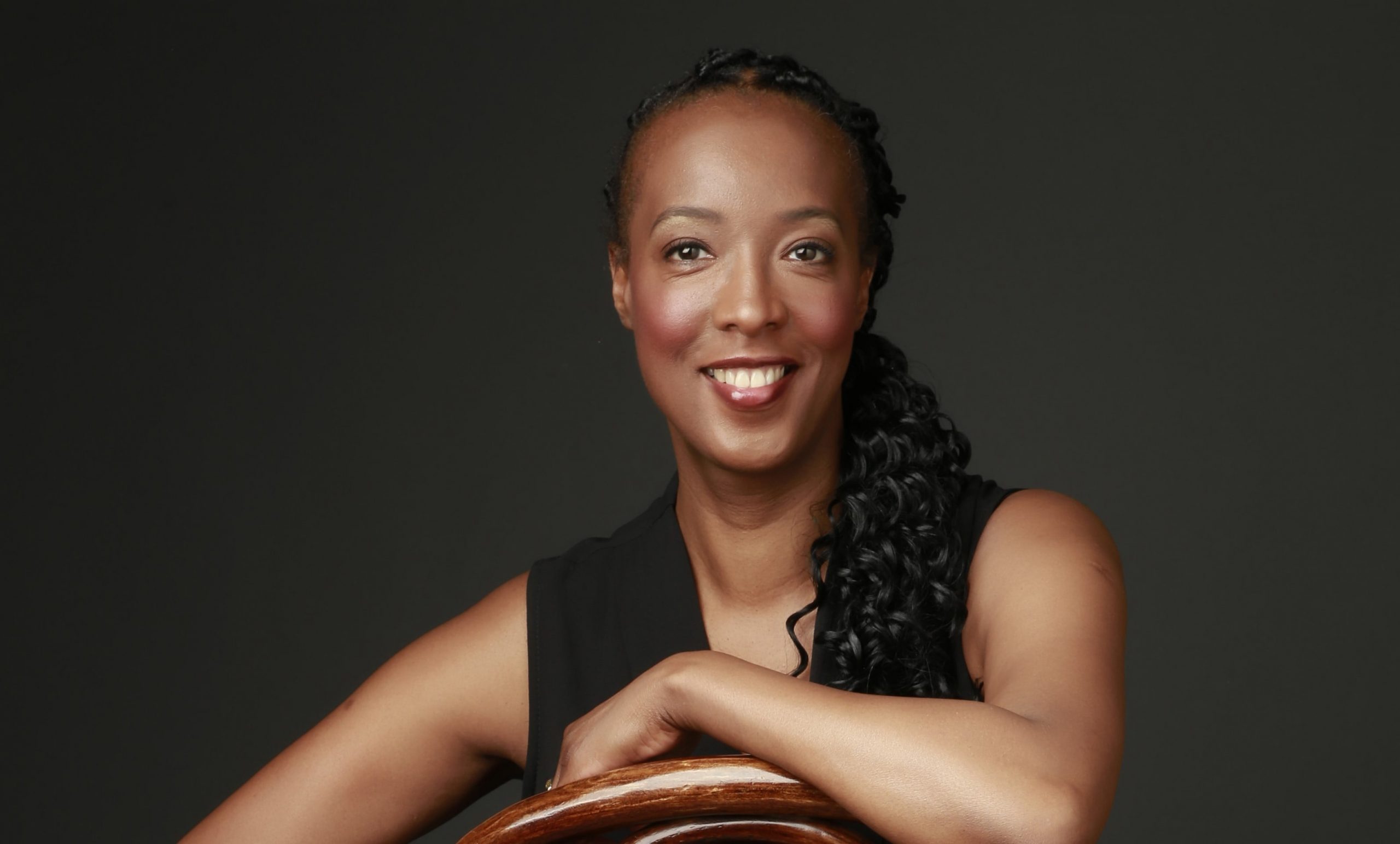Diversity and Inclusion – A Tough Nut to Crack
Are we genuinely working towards a more diverse and inclusive society? Or are we just pretending? Caroline-Ribeiro Nelson analyses the present situation and comes to a surprising conclusion.
Diversity and Inclusion: A Tough Nut to Crack
Why is it, that in striving to create a more diverse, equitable and inclusive society we require a myriad of measures conveyed in legislation, Equality Commissions, Anti-Discrimination and Equal Opportunities Policies, Diversity and Inclusion Strategies, Advocacy organisations, Mission Statements, Pledges and constant promotional initiatives?
The fact is working to change negative cultural attitudes and behaviour, towards women and people of diverse backgrounds, is a tough reality.
This experience has been formed through an enduring cultural and historical progression, which is deeply rooted in childhood and has consequently become psychologically embedded in our behaviour and mindset, as well as reflected in institutional structures.
[bctt tweet=”Caroline-Ribeiro Nelson on #diversity and #inclusion: From the way things presently stand, we cannot start to celebrate yet.” username=”brand_minds”]
Scaling barriers
Over time we cannot fail to have seen the progression of approaches focused on tackling the social, political, cultural, financial, psychological and historical barriers, which stand in the way of greater equity, diversity and inclusion.
There is no denying that progress has been made, in terms of improved rights, treatment, diversity engagement and inclusion, however it is clear that there remain huge disparities and serious conflicts.
Why no celebrations quite yet
Should we hail the arrival of Diversity and Inclusion, the concept which is trending in its approach to creating greater equity for women and people of diverse backgrounds?
This perspective relates to both the recognition and acceptance of difference, as well as the importance and benefits of diverse inclusion at all levels.
From the way things presently stand, we cannot start to celebrate yet.
Taking the lid off Diversity and Inclusion
Despite its popularity and the implementation of Diversity and Inclusion strategies, along with the declared intentions made by individuals, groups and organisations, to redress inequality and eliminate detrimental factors, many fail.
We have to question why.

In taking a closer look, it is clear that many of these approaches are strongly based on:
- A lack of fundamental change and continuation of the status quo;
- A continuation of the social, political, financial, institutional and psychological barriers, which hinder the progress of diversity, equity and inclusion;
- Challenges in understanding the needs and underlying issues related to women and people from diverse backgrounds;
- A lack of genuine commitment and investment;
- Tokenistic gestures.
Beneath the surface, tokenism in Diversity and Inclusion represent superficial expressions of commitment, merely creating the impression of adhering to this practice.
Whether positively intended, lacking genuine commitment or understanding, this has little lasting impact on cultures and generally produces greater mistrust.
Finding the way to the woods through the trees
If we are to develop then it is essential to recognise how, these powerful and long-standing factors bar, side-track and cloud the way forward in achieving a meaningful diversity and Inclusion transformation.
A starting point is to look deeper and question the motivation, goals and conviction of these Diversity and Inclusion practices.
Ten Mistakes of What Diversity and Inclusion are Not
It is essential to recognise that genuine progress and commitment to Diversity and Inclusion are not reflected in actions such as:
![]() Celebrating an event like Black History Month, Pride, International Women’s Day, The Paralympics and contributing nothing further until these come around again.
Celebrating an event like Black History Month, Pride, International Women’s Day, The Paralympics and contributing nothing further until these come around again.
![]() Discussing a commitment to making diversity and inclusion a key part of the ethos and working practice, however not actively establishing clear plans, policies or procedures.
Discussing a commitment to making diversity and inclusion a key part of the ethos and working practice, however not actively establishing clear plans, policies or procedures.
![]() Employing people with diverse backgrounds and expecting them to think and behave in the same way as the dominant or existing culture.
Employing people with diverse backgrounds and expecting them to think and behave in the same way as the dominant or existing culture.
![]() Employing a Diversity and Inclusion Lead, however not giving this position the authority or resources to implement meaningful change.
Employing a Diversity and Inclusion Lead, however not giving this position the authority or resources to implement meaningful change.
![]() Having an Equal Opportunity/Inclusion Policy in name only and not ensuring that it is actively implemented, monitored or reviewed.
Having an Equal Opportunity/Inclusion Policy in name only and not ensuring that it is actively implemented, monitored or reviewed.
![]() Not allowing expression of diverse input throughout the organisation and relevant areas of a person’s role or the organisation – particularly revealed in asking for input or referring to someone only in situations when it directly relates to their diverse background.
Not allowing expression of diverse input throughout the organisation and relevant areas of a person’s role or the organisation – particularly revealed in asking for input or referring to someone only in situations when it directly relates to their diverse background.
![]() Using diverse images on websites and in marketing materials, which do not reflect reality. Only asking people with diverse backgrounds to take part in publicity, such as interviews, news features, social media, conferences, training and other live events, in order to give an impression of an overall understanding of this perspective.
Using diverse images on websites and in marketing materials, which do not reflect reality. Only asking people with diverse backgrounds to take part in publicity, such as interviews, news features, social media, conferences, training and other live events, in order to give an impression of an overall understanding of this perspective.
![]() Merely giving someone from a diverse background the opportunity to be the first to hold a senior or leading position within your organisation. At the same time making no serious changes in the culture’s practice of diversity and inclusion.
Merely giving someone from a diverse background the opportunity to be the first to hold a senior or leading position within your organisation. At the same time making no serious changes in the culture’s practice of diversity and inclusion.
![]() Specifically employing people with diverse backgrounds and not involving their perspective and status levels in a meaningful and impactful way, throughout the organisation.
Specifically employing people with diverse backgrounds and not involving their perspective and status levels in a meaningful and impactful way, throughout the organisation.
![]() Merely having a picture taken with diversity and inclusion advocates and not supporting further development.
Merely having a picture taken with diversity and inclusion advocates and not supporting further development.
Cracking the Nut
To achieve significant diversity, inclusion and equity goals, a stronger and more deliberate commitment is needed in the implementation of effective ideas and practices.
For such a change, a major shift in our present thinking and behaviour are necessary, along with structural and institutional transformations.
Facing the Diversity and Inclusion Challenge
It takes courage, deep conviction and a powerful sense of purpose to challenge the status quo.
Some people find it their mission in life to bring this about, some are thrown into it through being confronted and some possess a natural drive to create a more inclusive and equitable society.
Creating a fully engaged diversity and inclusion strategy requires courageous Leaders, Disrupters, Advocates, Women and diverse voices who will challenge, question, engage, listen, commit, invest, collaborate and most importantly dig deeper to transform cultures.
Join the Conversation
We’d love to hear what you have to say.
Get in touch with us on our LinkedIn Group, Facebook Group or Twitter.
Trending Diversity and Equality: Real Change or Empty Gestures
How often do we look back on the most groundbreaking periods in our lives and appreciate what this meant and how this shaped us into the people we are today?
Being the First
Twenty-five years ago, being the first black person to take on a position within an organisation, I incredibly didn’t really think too much about it. My focus and commitment lay in supporting individuals who were deeply vulnerable and in need.
Although I knew I was good I also knew I had much to learn and this was a great opportunity. I have to smile at how very naive I was.
Very early on in my career, someone took a chance on me. This was one of my most challenging experiences, moving me now to question its significance today. Ultimately through this, I learnt, bonded and grew immensely, turning out to be both one of the most difficult and rewarding times in my life.
Confronting the Naysayers
At this time many people within this organisation clearly wanted to see me fail, making attempts to continually discourage, dismiss and undermine me.
I was constantly confronted with people who openly did not respect or accept me.
Fortunately, I was guided by a manager and team members who were hugely talented and supportive.
Learn more: How company culture drives success – Netflix, HubSpot, UiPath
Are Equality and Diversity Really Being Served?
Now with the glaringly obvious trend of black people and women being the first to be appointed historical positions in organisations, it begs the question, does this significantly change anything?
For me, this occurred many years ago and from my perspective, we haven’t moved on that much.
You could say this trend is a positive sign of change. However, this actually means very little particularly if it is not backed by genuine and concerted efforts to establish a lasting and fundamental shift.
So, what are some of the barriers that stand in the way of achieving a significant move toward greater equality, diversity and inclusion and how can these be overcome?
Diversity & Inclusion is more than Skin Deep
A major issue is that many people and organisations have failed to understand that Equality and an effective Diversity and Inclusion Strategy for women and people from diverse backgrounds are more than mere “Tokenism”, or a marketing or publicity move.
As the only black employee, I was asked to pose in marketing material and take part in an interview on racism. It is fair to say that actions such as these are reflected in many organisations.
This is not only misleading and empty, it does absolutely nothing to establish real development or representation.
Empty Promises
Unfortunately, despite their public declarations and image, the Equal Opportunity Policies and Diversity and Inclusion Strategies of many organisations fail.
Stronger commitment is needed in the implementation of effective practices, in order to achieve significant goals and lasting change.
Pushing People To Power
Genuine and meaningful progress towards greater equality is instigated by appointing women and people from diverse backgrounds, with authority and influence at all levels, not solely at the top.
This involves having control over decisions, which have a powerful and meaningful impact. Without this little change is possible.
It was many years later that I was given the chance to advance to a management level, in which I should have potentially been able to have significant influence.
However still being in a small minority, with no real will, ethos, investment or support within the organisation, this would have been pointless and a waste of time. In this case, it was a no-brainer to decline the opportunity.
Hail the Courageous Leaders
I was both fortunate enough and inspired to have had a manager with the strength, courage and conviction to go against the status quo, in supporting my ability and potential.
Leaders not only need to be courageous; they also have to be the willing voice and face in promoting equality.
Ensuring that this is an active and permanent priority in their vision and agenda. Without strong and committed leadership the road to equality and greater diversity is a long, slow and arduous one.
You Will Be Assimilated
Believe it or not, there also exists the misconstrued belief and strategy that diversity and inclusion are about integration or assimilation.
This perspective focuses on acknowledging the factors of difference, however, expects everything else to be the same.
Although this approach openly expresses the recognition of differences, it then seeks to make women and people from diverse backgrounds appear, act and think, as much as possible like the majority or dominant culture.
This is a senseless contradiction, since it is due to these particular differences and how they impact the way we appear, feel, think, behave and experience the world, which reflects the true meaning and value of diversity.
The focus then needs to be on the recognition and utilisation of the huge benefits of diversity, rather than the minimization of difference.
[bctt tweet=”Caroline Ribeiro-Nelson shares her personal story on diversity and equality: Realistically we still have a long way to go yet.” username=”brand_minds”]
Doing what it Takes
Without a doubt developing more balanced and diverse cultures requires strong commitment and investment. This needs to cover a wide spectrum:
1. Recruitment
If businesses are serious about diversity and want to be truly inclusive recruiting talented people from diverse backgrounds who have something different to offer brings greater balance and genuine diversity.
Businesses which continue to seek people who represent the sameness or status quo of their organisation have lost before they have even begun.
The recruitment process itself is fraught with obstacles, which throw recruiters off. Addressing the influence of prejudice, bias and the demand to fulfil quotas can be partially met through developed awareness and appropriate strategies. Along with this careful consideration needs to be given to recruitment sources, selection and assessment procedures.
2. Strong Structures
Organisations wanting to develop equality and diversity can create a map through the implementation of effective policies and procedures.
Providing information and strategies offers clear guidelines and appropriate actions for promoting behaviour and work culture, in which people know what is acceptable and how things are done.
3. The Need to Give
Investing in the Professional Growth of women and diverse groups, through the presence of continuous opportunities for learning and advancement, is essential in creating a more “level playing field”.
Regular and targeted training, which is supported by person-centred strategies, such as mentoring and coaching can be highly effective in achieving desired goals.
4. Engagement is Key
Within society and organisations, people require the platform and the voice to express their needs and perspectives. This has to be actively heard and responded to constructively.
In this way, businesses fostering engagement and encouraging a genuine sense of belonging can support the drive in redressing the balance towards greater equality and diversity.
Despite being in an adverse environment I was able to thrive.
Having a solid structure, direct guidance, on-going training, support and care from a dedicated manager and team offered me constant chances to develop my potential.

Caroline-Ribeiro Nelson
No Holding me Back
I thrive on a challenge.
My personality pushes me to constructively face obstacles, be persistent, strive to achieve the best, support and cooperate with others, play to my strengths, continually learn and find positive ways to move forward.
I deeply appreciate the skills, confidence, knowledge, insight, awareness and experience that I have gained through being confronted by forces which were both for me and against me.
How I chose to respond ultimately determined how much I personally and professionally achieved. The struggle that I faced involved obstacles of “inequality” in society, which hold people back when in fact our diversity should be bringing us together.
Realistically we still have a long way to go yet.
Join the Conversation
We’d love to hear what you have to say.
Get in touch with us on Facebook Group and Twitter.
